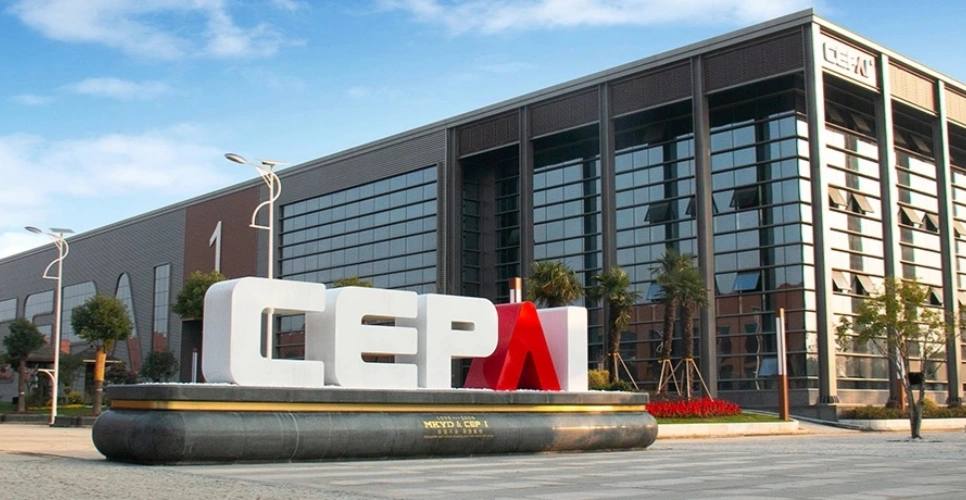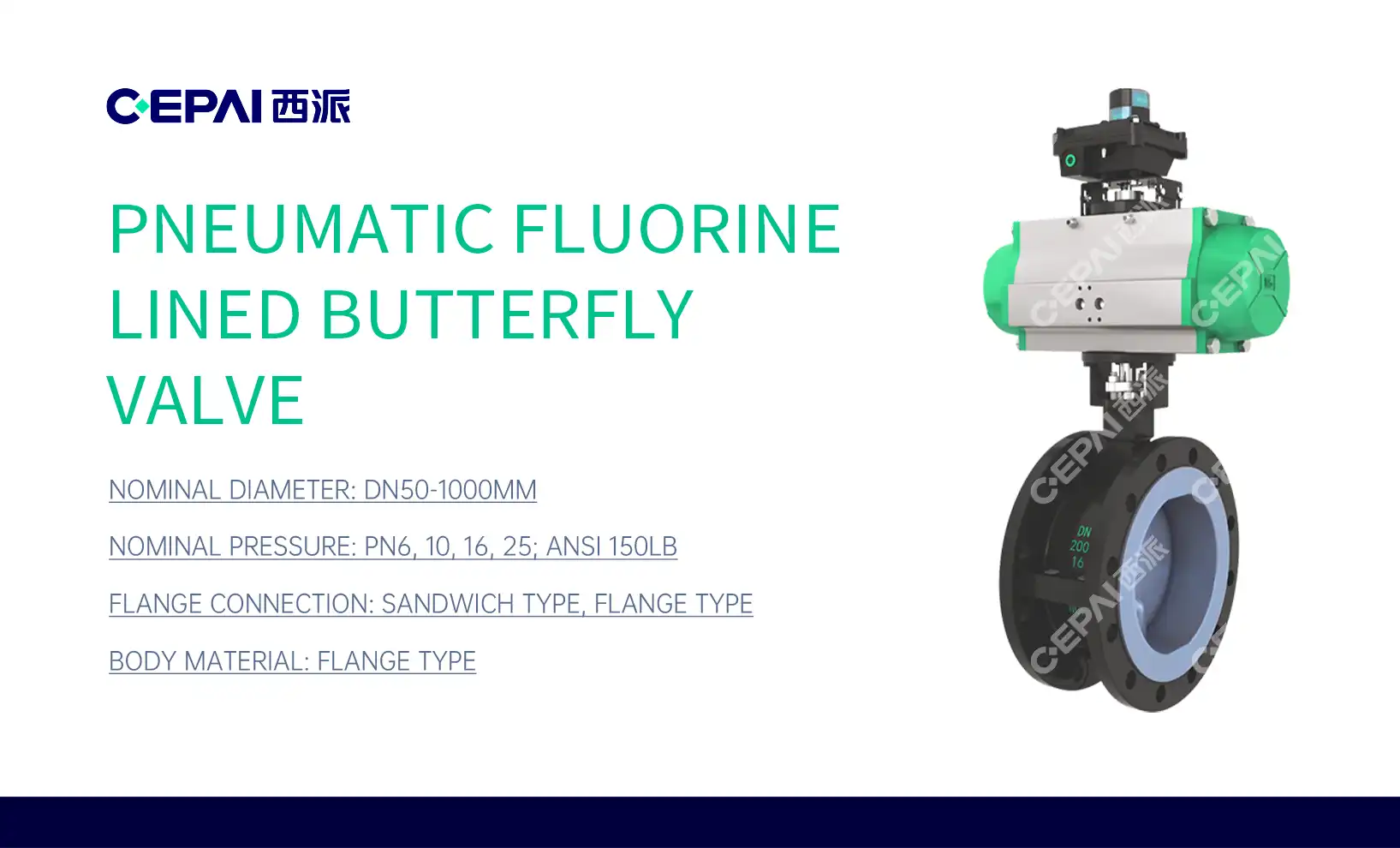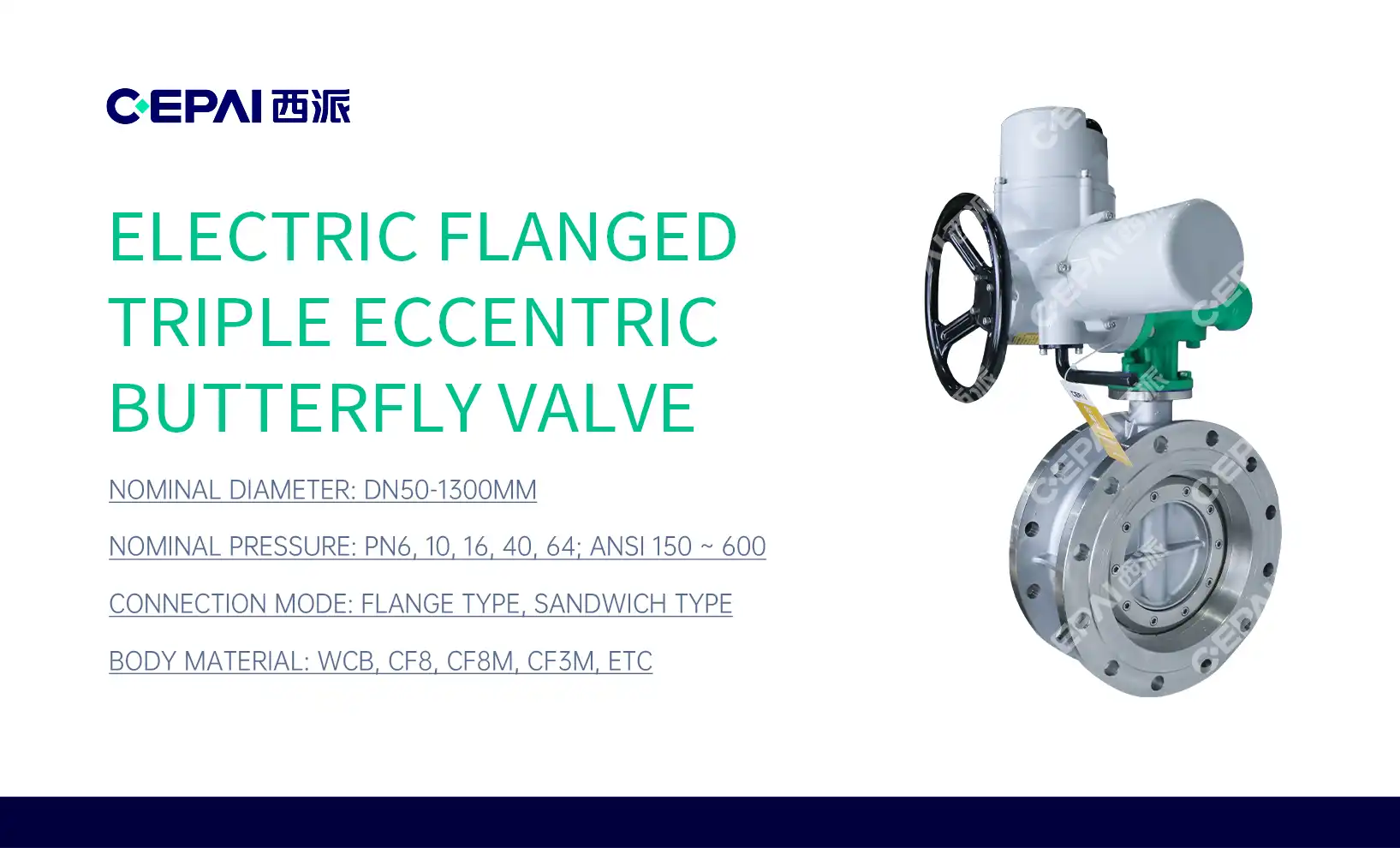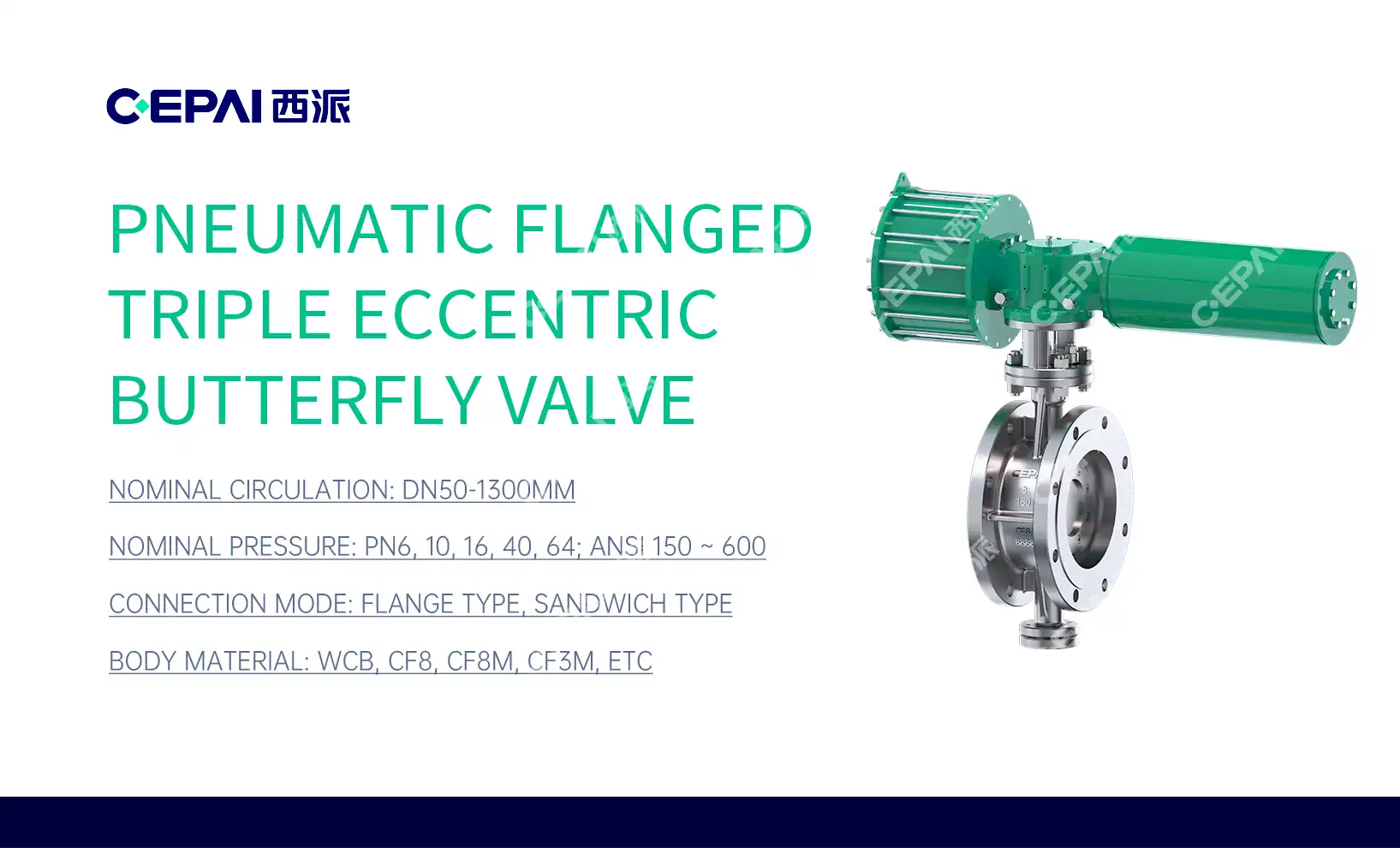Understanding Fluorine-Lined Butterfly Valves
Composition and Design
Fluorine-lined butterfly valves consist of a metal body coated with a fluoropolymer lining. This unique design marries the strength of metal with the chemical inertness of fluorine-based materials. The valve's disc, typically made of stainless steel or another corrosion-resistant alloy, is also coated with a fluoropolymer. This construction ensures that all wetted parts of the valve are protected from corrosive media.
Common fluoropolymers used for lining include polytetrafluoroethylene (PTFE), perfluoroalkoxy (PFA), and fluorinated ethylene propylene (FEP). Each of these materials offers slightly different properties, allowing for customization based on specific application requirements. The thickness of the lining can vary, with thicker linings generally providing enhanced durability and chemical resistance.
Operational Mechanics
Fluorine-lined butterfly valves operate on the same principle as standard butterfly valves. A disc rotates around a central axis to control flow. When fully open, the disc is parallel to the flow, offering minimal resistance. In the closed position, the disc seals against the valve seat, stopping flow completely. The fluoropolymer lining extends to the valve seat, ensuring a tight seal even in the presence of corrosive fluids.
These valves can be manually operated or equipped with actuators for remote control. The choice between pneumatic, hydraulic, or electric actuators depends on the specific application requirements and the broader control system in place. The actuator mechanism is typically isolated from the process fluid, preventing contamination and ensuring long-term reliability.
Size and Pressure Ratings
Fluorine-lined butterfly valves are available in a wide range of sizes, typically from 1 inch to 24 inches in diameter. Larger sizes may be available for specialized applications. The pressure ratings for these valves can vary significantly based on the design and materials used. Standard pressure ratings often range from 150 to 300 psi, but higher-pressure versions are available for more demanding applications.
It's crucial to note that the pressure rating of a fluorine-lined butterfly valve may be lower than that of a similar-sized metal valve due to the properties of the fluoropolymer lining. Engineers must carefully consider both the size and pressure requirements when selecting valves for specific applications.
Advantages of Fluorine-Lined Butterfly Valves in Corrosive Environments
Superior Chemical Resistance
The primary advantage of fluorine-lined butterfly valves is their exceptional resistance to a wide range of corrosive chemicals. Fluoropolymers are known for their chemical inertness, meaning they do not react with most substances. This property makes them ideal for handling acids, bases, solvents, and other aggressive fluids that would quickly degrade traditional valve materials.
PTFE, for example, is resistant to nearly all chemicals at temperatures up to 260°C (500°F). PFA offers similar chemical resistance with improved mechanical properties at higher temperatures. This broad chemical compatibility allows fluorine-lined butterfly valves to be used in diverse industries, from chemical processing to pharmaceuticals and semiconductor manufacturing.
Extended Service Life
The corrosion resistance of fluorine-lined butterfly valves translates directly into extended service life. In environments where standard valves might fail within months or even weeks, fluorine-lined valves can operate reliably for years. This longevity not only reduces replacement costs but also minimizes downtime associated with valve failures and replacements.
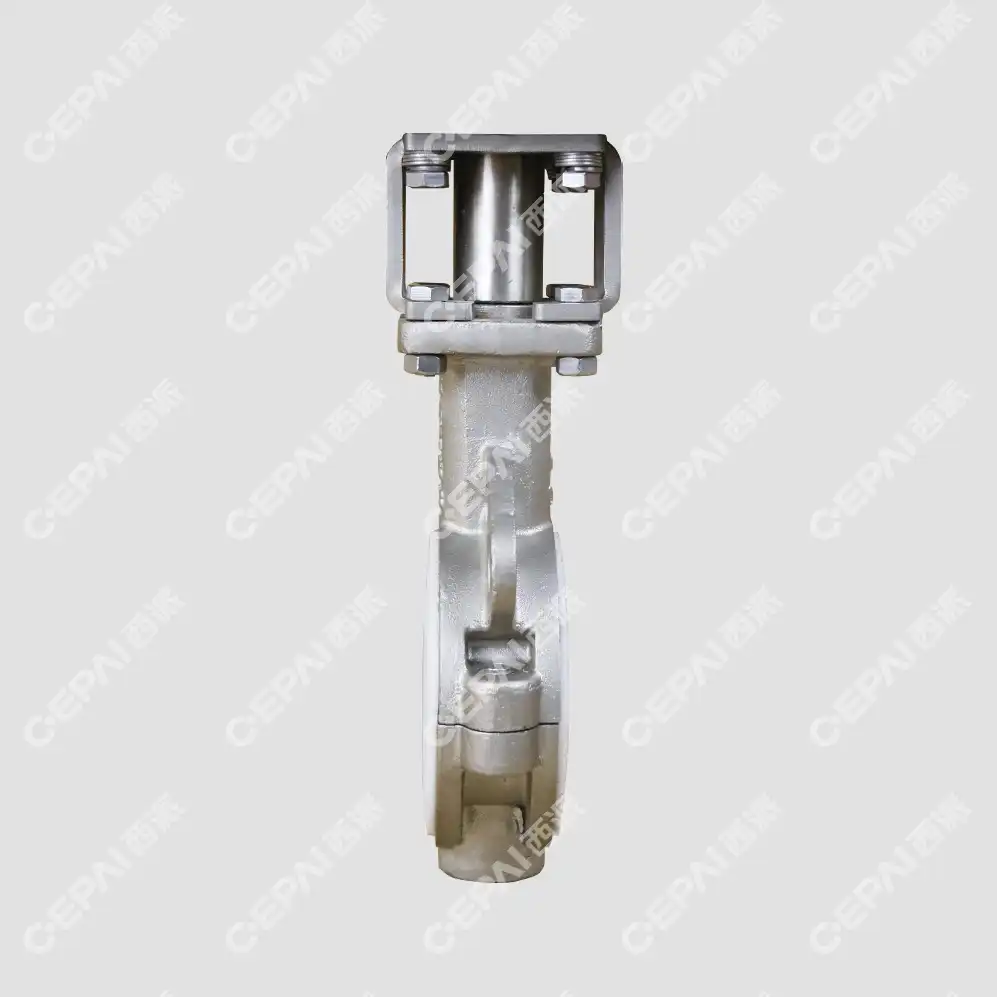
Moreover, the smooth surface of the fluoropolymer lining resists the buildup of deposits and scaling, which can affect valve performance over time. This self-cleaning property further contributes to the valve's longevity and maintains operational efficiency throughout its lifecycle.
Cost-Effectiveness
While the initial cost of fluorine-lined butterfly valves may be higher than that of standard valves, they often prove more cost-effective in the long run, especially in corrosive applications. The extended service life and reduced maintenance requirements offset the higher upfront investment. Additionally, the use of these valves can prevent costly product contamination and reduce the risk of environmental incidents due to leaks or failures.
In many cases, fluorine-lined butterfly valves allow for the use of less expensive base materials for the valve body, as the fluoropolymer lining provides the necessary corrosion resistance. This design approach can lead to significant cost savings compared to valves made entirely of exotic alloys.
Limitations and Considerations
Temperature Constraints
While fluorine-lined butterfly valves excel in many corrosive environments, they do have temperature limitations. The maximum operating temperature depends on the specific fluoropolymer used for the lining. PTFE, for instance, can typically handle temperatures up to 260°C (500°F), while PFA can withstand slightly higher temperatures. However, at elevated temperatures, the mechanical properties of the fluoropolymer may change, potentially affecting valve performance.
It's crucial to consider both the chemical compatibility and the temperature range when selecting a fluorine-lined butterfly valve. In some high-temperature applications, alternative valve types or materials may be more suitable.
Pressure Limitations
Fluorine-lined butterfly valves generally have lower pressure ratings compared to their all-metal counterparts. This limitation is due to the nature of the fluoropolymer lining, which can deform under high pressure. While reinforced linings and special designs can increase pressure capabilities, there's still an upper limit to what these valves can handle.
For high-pressure applications involving corrosive fluids, other valve types such as ball valves or specialized high-pressure valves may be more appropriate. Engineers must carefully evaluate the pressure requirements of their system against the capabilities of fluorine-lined butterfly valves.
Installation and Maintenance Considerations
Proper installation and maintenance are crucial for the optimal performance of fluorine-lined butterfly valves. The relatively soft nature of the fluoropolymer lining requires careful handling during installation to avoid damage. Over-tightening of flange bolts, for example, can cause the lining to extrude or deform, potentially compromising the valve's sealing ability.
Regular inspection and maintenance are essential to ensure the integrity of the lining. While the fluoropolymer is highly resistant to chemical attack, mechanical wear or improper handling can lead to damage. Developing a comprehensive maintenance schedule and training personnel in proper handling techniques are key to maximizing the lifespan and performance of these specialized valves.
Conclusion
Fluorine-lined butterfly valves present a compelling solution for managing corrosive fluids across various industries. Their exceptional chemical resistance, coupled with the operational benefits of butterfly valve design, makes them an excellent choice for many challenging applications. While they do have limitations in terms of temperature and pressure capabilities, their advantages often outweigh these constraints in corrosive environments. By carefully considering the specific requirements of each application, engineers can leverage the unique properties of fluorine-lined butterfly valves to enhance system reliability, extend equipment life, and improve overall operational efficiency in corrosive fluid handling scenarios.
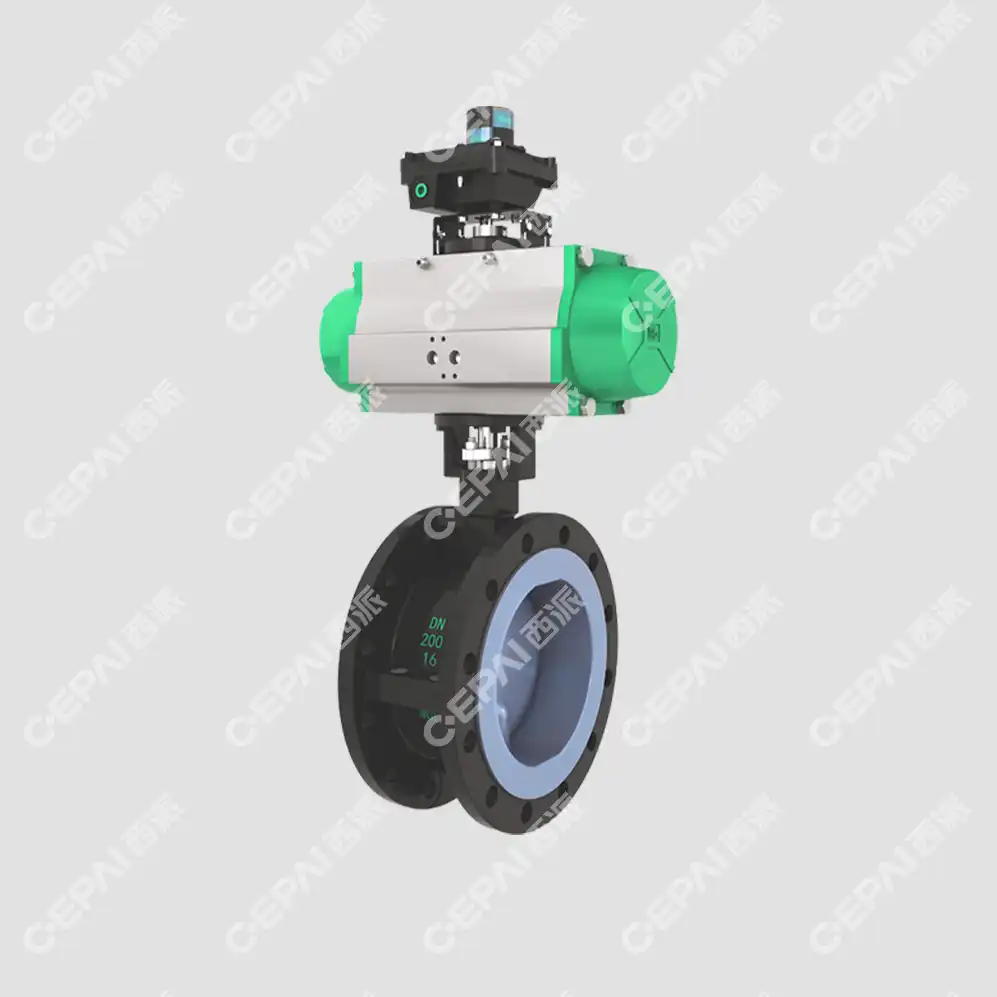
FAQs
1. What are the main advantages of fluorine-lined butterfly valves?
They offer superior chemical resistance, extended service life, and cost-effectiveness in corrosive environments.
2. Can fluorine-lined butterfly valves handle high temperatures?
While they can handle moderate temperatures, their performance may be affected at very high temperatures. The specific temperature limit depends on the fluoropolymer used.
3. Are fluorine-lined butterfly valves suitable for high-pressure applications?
These valves generally have lower pressure ratings compared to all-metal valves. For high-pressure corrosive applications, alternative valve types may be more suitable.
4. How do I maintain a fluorine-lined butterfly valve?
Regular inspections, proper handling during installation, and avoiding over-tightening of flange bolts are key to maintaining these valves.
5. What industries commonly use fluorine-lined butterfly valves?
Chemical processing, pharmaceuticals, semiconductor manufacturing, and other industries dealing with corrosive fluids frequently use these valves.
Experience the CEPAI Difference in Fluorine-Lined Butterfly Valves | CEPAI
At CEPAI, we specialize in manufacturing high-quality fluorine-lined butterfly valves that meet the most demanding industry standards. Our commitment to excellence is reflected in our rigorous quality control processes and state-of-the-art manufacturing facilities. As a leading valve manufacturer, we offer customized solutions to meet your specific corrosive fluid handling needs. Experience the CEPAI difference - contact our factory at cepai@cepai.com to discuss how our fluorine-lined butterfly valves can enhance your operations.
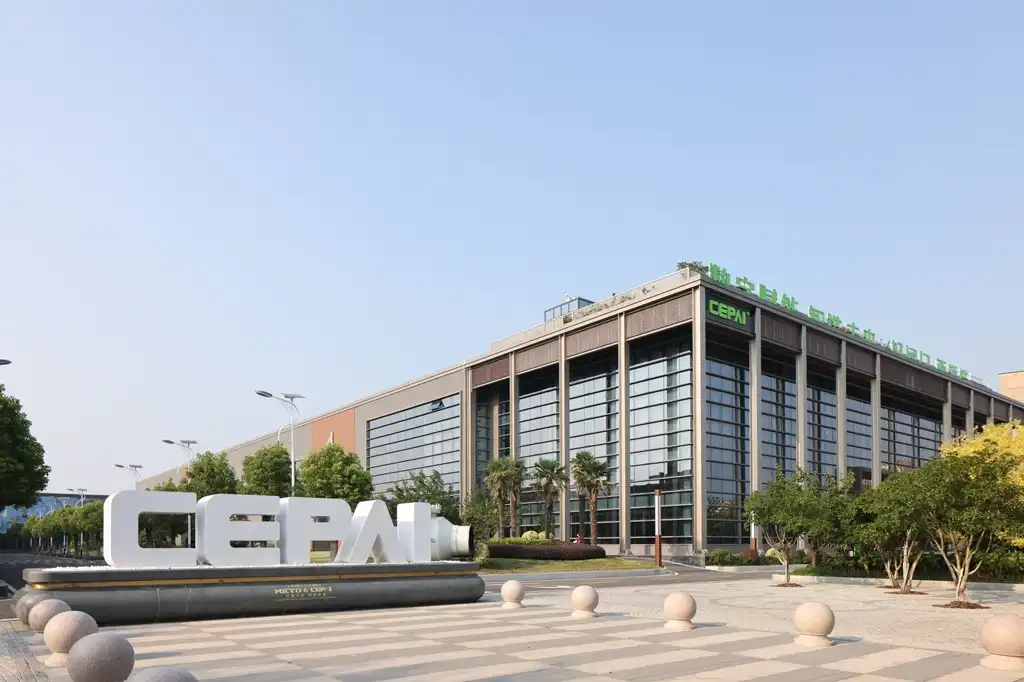
References
Smith, J. (2022). "Corrosion-Resistant Valve Technologies: A Comprehensive Review." Journal of Chemical Engineering, 45(3), 287-301.
Johnson, A. R., & Thompson, L. M. (2021). "Performance Analysis of Fluoropolymer-Lined Valves in Aggressive Chemical Environments." Industrial Process Equipment, 18(2), 112-128.
Garcia, M. E. (2023). "Advances in Fluoropolymer Coatings for Industrial Valve Applications." Materials Science and Engineering: B, 290, 115-131.
Wilson, P. K., & Davis, R. T. (2020). "Comparative Study of Valve Materials in Corrosive Fluid Handling." Corrosion Science, 167, 108524.
Brown, S. L. (2022). "Best Practices for Installation and Maintenance of Fluorine-Lined Valves." Plant Engineering Quarterly, 37(4), 78-92.
Lee, H. J., & Patel, N. (2021). "Economic Analysis of Corrosion-Resistant Valve Technologies in Chemical Processing Industries." Journal of Industrial Economics, 29(1), 45-62.

_1746598531170.webp)
